ARTICLE AD BOX

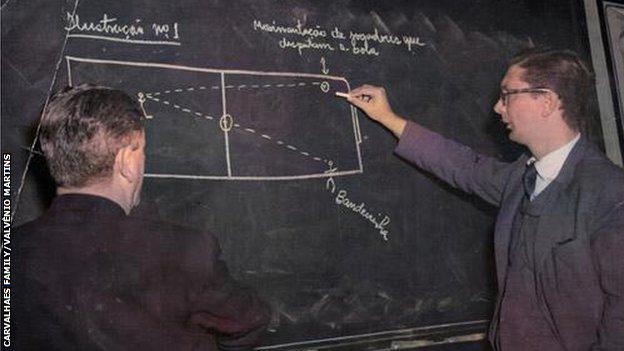 Carvalhaes' methods had never previously been applied to football
Carvalhaes' methods had never previously been applied to footballIn the summer of 1958 a 17-year-old Brazilian took international football by storm.
Six goals in four games. A hat-trick in the semi-final. Two more in the final as Brazil claimed the trophy they so desperately craved.
Arriving in Sweden for the World Cup as an unknown, Pelé left as a star who would go on to achieve sporting immortality. But one man within the Brazil camp had argued against him playing.
Professor João Carvalhaes was the team's psychologist. In stark contrast to his modern-day counterparts, whose remit tends to be strictly focused on supporting players' performance and mental health, he had real influence over selection.
Pelé's results in the psychometric tests Carvalhaes applied was the reason for his somewhat dubious advice, which was ignored in this instance. The legendary footballer himself later said of Carvalhaes' methods: "They were either ahead of their time for football or just odd, or maybe both."
But beyond doubt is his place in history as a sporting pioneer. Carvalhaes introduced psychology laboratories to South American football almost 30 years before the concept was adopted in Europe.
Back in 1950s Brazil, they wanted all the help they could get.

Brazil's 1950 and 1954 World Cup campaigns had been torturous. In 1950 defeat in the final by Uruguay at the Maracanã, the spiritual home of Brazilian football, prompted mourning across the country.
The 1954 tournament, held in Switzerland, ended in ignominy as Brazil were reduced to nine men during an ugly 4-2 quarter-final loss to Hungary in a match nicknamed 'The Battle of Berne'.
While the national team attempted to move on from the emotional trauma, a little-known psychologist was making his entrance into Brazilian domestic football.
Carvalhaes joined São Paulo in 1957, leaving a job training referees for the city's football federation. The club's interest was piqued by the psychology laboratory he had founded, the likes of which would not be seen in Europe until AC Milan's 'Mind Room' of the late 1980s.
The lab was built at the federation's headquarters and housed 10 tests examining cognitive functions such as stereoscopic vision (depth perception). Carvalhaes used the tests to help highlight the skills trainee referees needed to hone before qualifying to officiate professional matches.
Carvalhaes set thresholds for each variable he monitored, with candidates scoring below a particular benchmark considered unable to referee. For example, participants who recorded a result slower than 50 hundredths of a second during the 'reaction time test' fell into this category.
He combined his day job with regular evening stints as a boxing commentator and journalist, during which he adopted the pseudonym João do Ringue (Joao of the Ring). In contrast to his ringside persona, though, Carvalhaes' touchline demeanour was reflective, according to former colleague Dr José Glauco Bardella.
"Arriving at the training ground, you could see everyone excited, but João would be in the corner, quiet, hands in his pockets, just observing," he told a 2000 documentary on Carvalhaes' work, made by the São Paulo Regional Council of Psychology.
Carvalhaes may have been watchful, but he was far from a mere spectator.
After São Paulo won the Campeonato Paulista in 1957, the team's first state championship since 1953, Carvalhaes was heralded for his role in a selection decision that proved key to victory.
Club director Manoel Raimundo Paes de Almeida said the replacement of regular midfielder Ademar with fellow playmaker Sarara, who then shone in a crunch match with Corinthians, was based on Carvalhaes' concerns about Ademar's state of mind.
A year later the Brazilian Football Confederation (CBF) came calling. Vice-president Paulo Machado de Carvalho, the man charged with planning for the forthcoming World Cup, asked Carvalhaes to join the team's technical committee. It was an offer too good to turn down.
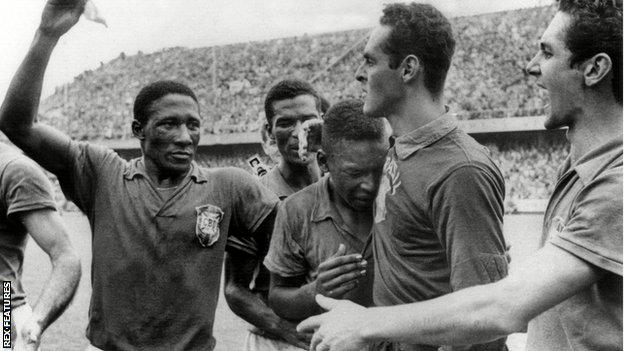 Pele leans in to goalkeeper Gilmar as Brazil celebrate beating Sweden 5-2 in the 1958 World Cup final
Pele leans in to goalkeeper Gilmar as Brazil celebrate beating Sweden 5-2 in the 1958 World Cup finalBrazil's preparations were already under way and Carvalhaes wasted little time in implementing the methods he had employed at São Paulo. During the squad's pre-tournament camp he conducted an 'Army Alpha' test - an adaptation of an American programme designed to assess the intellectual capability of World War One recruits.
The 50-minute exam examined players' arithmetic ability and vocabulary, with the intention of assigning an 'intelligence rating'. Those deemed less capable were asked to take an 'Army Beta' test involving exercises such as completing half-drawn pictures and tracing paths through two-dimensional mazes.
While the concepts behind the tests might seem dated in comparison to contemporary psychology theory, they pushed the boundaries of thinking at the time, particularly in a sport that had seen very little, if anything, in the way of psychology-focused interventions.
Carvalhaes was asked to present his findings to the CBF technical committee. The results, much to his consternation, were leaked to the Brazilian media. In a letter to de Carvalho, Carvalhaes alleged that documents were stolen from his briefcase.
The leak led to suggestions that star player Garrincha, whose test results were poor, would fail to make the cut for the World Cup. Carvalhaes was exasperated. The public fallout ran counter to his behind-the-scenes way of working.
But the storm was short-lived. After Garrincha was named in Brazil's squad, media speculation died down and Carvalhaes travelled to Sweden with the rest of the backroom staff. He continued working with the players, using Myokinetic Psychodiagnosis (MKP) tests to analyse individual characteristics and tailor his support accordingly.
The MKP tests, in which players were given a blank sheet of paper and asked to draw whatever came to mind, were based on the theory that expressive muscle movements can help to indicate an individual's temperament.
Once again, Carvalhaes was applying techniques that had never been used at this level of the game. Once again, he ran into trouble.
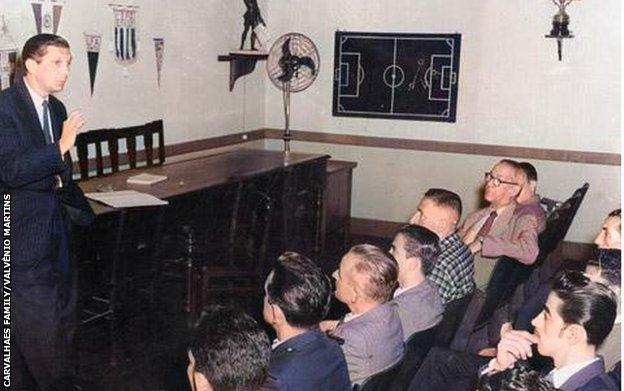 Carvalhaes retired in 1974 and died only two years later
Carvalhaes retired in 1974 and died only two years later"As part of our preparations the team psychologist, Professor João Carvalhaes, had conducted tests on all the players," writes Pelé in his autobiography, 'Pelé'.
"We had to draw sketches of people and answer questions to help João make assessments about whether we should be picked or not.
"About me he concluded that I should not be selected: 'Pelé is obviously infantile. He lacks the necessary fighting spirit.' He also advised against Garrincha, who was not seen as responsible enough.
"Fortunately for me and for Garrincha, Vicente Feola (Brazil's manager) was always guided by his instincts, and he just nodded gravely at the psychologist, saying: 'You may be right. The thing is you don't know anything about football. If Pelé's knee is ready, he plays.'"
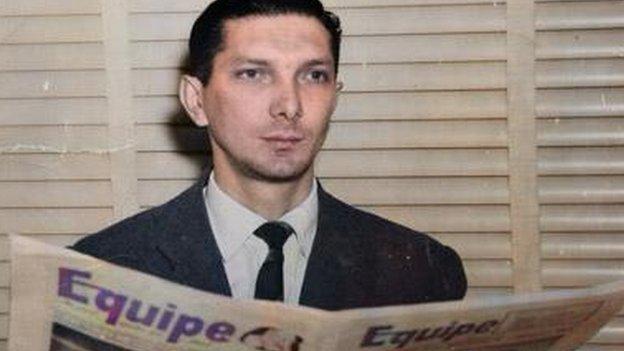 Carvalhaes' work had 'a far-sightedness you can see in the roots of today's sports science'
Carvalhaes' work had 'a far-sightedness you can see in the roots of today's sports science'Others were more positive in their assessment.
Goalkeeper Gilmar, also interviewed for the 2000 documentary on Carvalhaes' work, said he "gave us the chance to take on ideas that could improve our performance", adding: "After the tournament, we realised that it worked."
Defender Nilson Santos said the team learned to "enter the pitch smiling" and Brazilian radio reports filed after the World Cup victory spoke of a "consensus about the importance" of Carvalhaes' role.
Unfortunately, the CBF was less forthcoming in commending him, a stance that took an emotional toll on a reflective individual.
"He was very upset because de Carvalho made inappropriate comments about his work and it saddened him a lot," said Barella.
But he was beginning to attract wider attention. According to Barella, Carvalhaes received interview invitations from magazines in Spain, France and Germany, while Sports Illustrated also highlighted his contribution to the Brazil team.
The international recognition helped to quell Carvalhaes' frustration. It perhaps also paved the way for future leading practitioners, such as Dr Bruno Demichelis, AC Milan's venerated former sport scientist, to advance the use of psychology in elite football.

Carvalhaes died in 1976 at the age of 58, just two years after retiring. He had returned to São Paulo after the 1958 World Cup, stepping down from his national team position to reprise his role at the club that helped make his name.
Back in the relative sanctuary of domestic football, Carvalhaes was able to introduce new ideas such as individual counselling sessions for players, to supplement the cognitive testing for which he was renowned.
He continued to work for São Paulo until 1974, aside from a brief return to boxing in 1963, when he provided psychological support for Brazilian fighters competing in the Pan American Games.
While Coleman Griffith (1893-1966) is widely recognised as the first sports psychologist, his work was largely confined to American football. Carvalhaes was implementing methods never before seen in top-level football, and doing so with some success.
If he played a role in laying the groundwork for contemporary sports psychology, the CBF - perhaps by dint of a willingness to consider all options in its bid to win the World Cup - also lent a helping hand.
Without the risk they took in appointing a psychologist, who had only been employed by São Paulo for a single season before joining the national team, it is probable that Carvalhaes' work would not have been as widely acknowledged as it was.
But even today, embedding psychologists within training ground environments - beyond academy level, where many English clubs are mandated to provide psychological support for players - remains far from commonplace.
"Psychology is accepted to various degrees within football clubs," says Simon Clifford, who led Southampton's sports science department in the early 2000s.
"Some will have psychologists working closely with first-team players, others will have managers who see themselves as the main psychologist and don't want players seeing professional psychologists on a day-to-day basis unless there's a problem.
"It's like when clubs started to embrace strength and conditioning. It took a while for those practitioners to gain the trust of first team staff. We're still in the early days with psychology."
Clifford is confident that "there will be a time" when psychologists and coaching teams work together more seamlessly, in part because of the influence a player's state of mind has on performance.
He believes that even if some of Carvalhaes' work could be viewed as "crude by current standards", there was also a "far-sightedness to it that you can see in the roots of today's sports science".
He adds: "The role psychology plays in elite football is massive.
"As Bill Beswick (ex-England national team psychologist) once said: 'The mind is the athlete. The body is simply the means.'"

 2 years ago
32
2 years ago
32
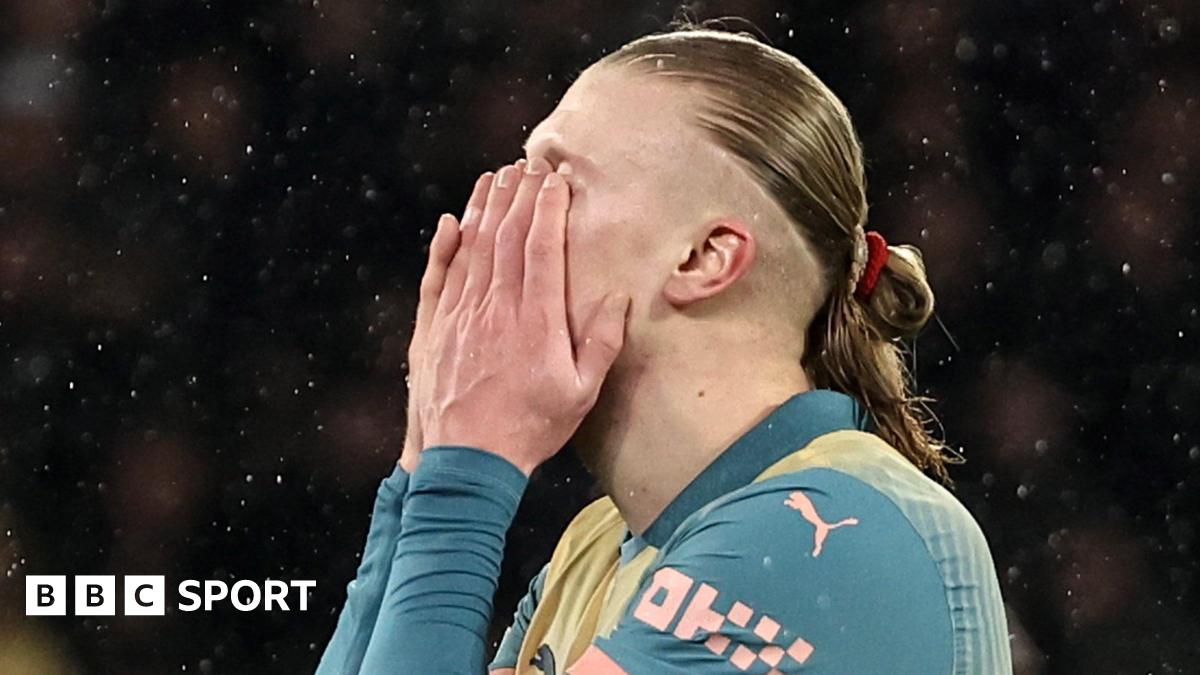
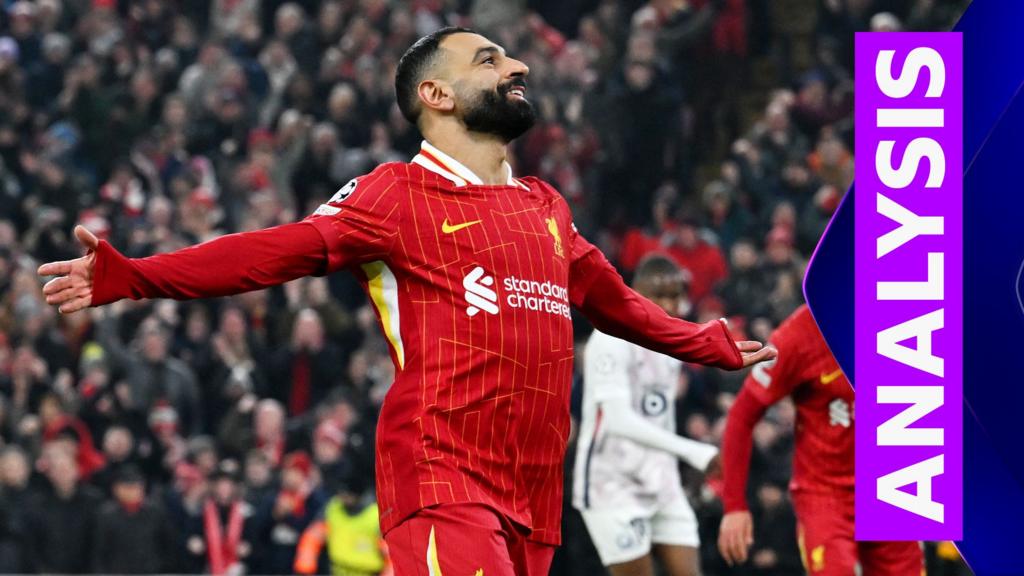






 English (US) ·
English (US) ·